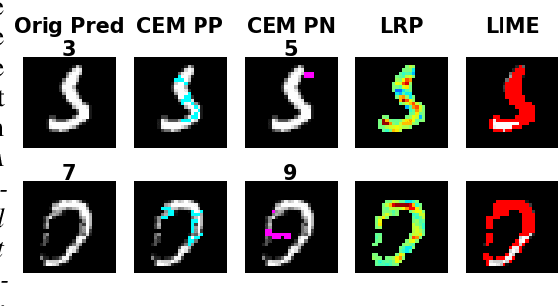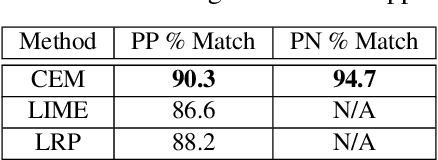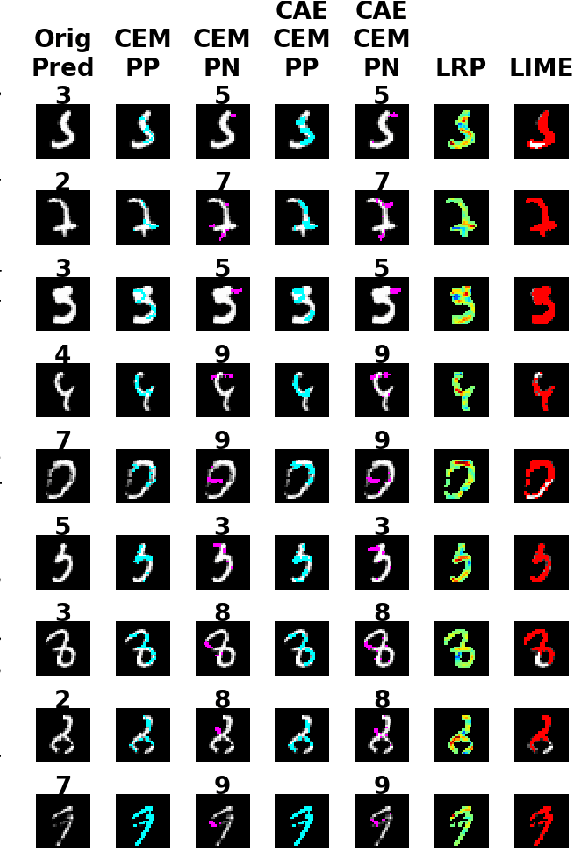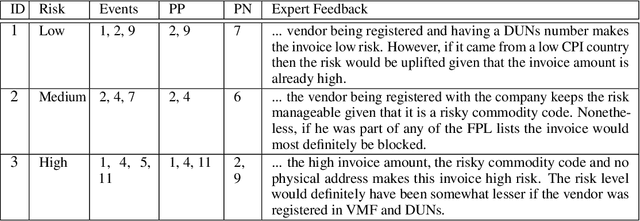Explanations based on the Missing: Towards Contrastive Explanations with Pertinent Negatives
Paper and Code
Oct 29, 2018



In this paper we propose a novel method that provides contrastive explanations justifying the classification of an input by a black box classifier such as a deep neural network. Given an input we find what should be %necessarily and minimally and sufficiently present (viz. important object pixels in an image) to justify its classification and analogously what should be minimally and necessarily \emph{absent} (viz. certain background pixels). We argue that such explanations are natural for humans and are used commonly in domains such as health care and criminology. What is minimally but critically \emph{absent} is an important part of an explanation, which to the best of our knowledge, has not been explicitly identified by current explanation methods that explain predictions of neural networks. We validate our approach on three real datasets obtained from diverse domains; namely, a handwritten digits dataset MNIST, a large procurement fraud dataset and a brain activity strength dataset. In all three cases, we witness the power of our approach in generating precise explanations that are also easy for human experts to understand and evaluate.
 Add to Chrome
Add to Chrome Add to Firefox
Add to Firefox Add to Edge
Add to Edge